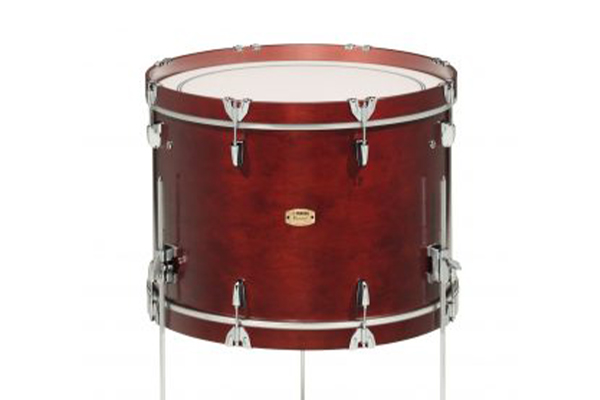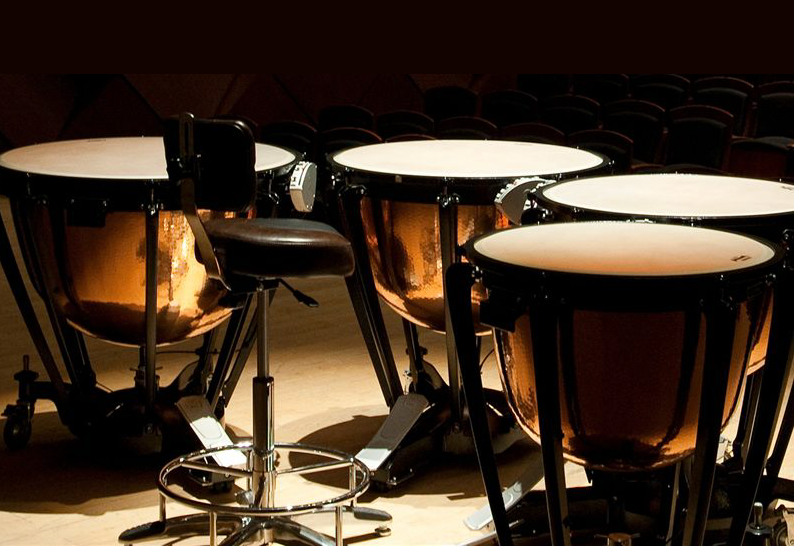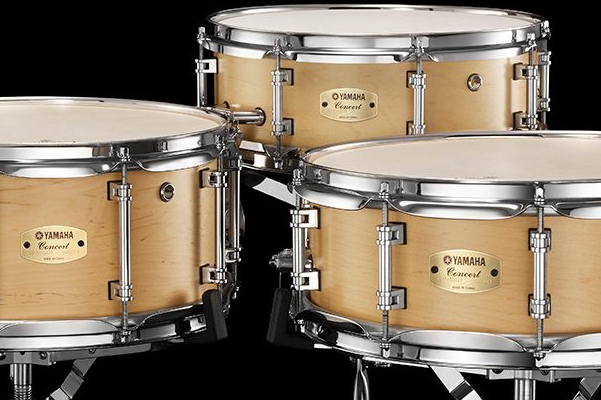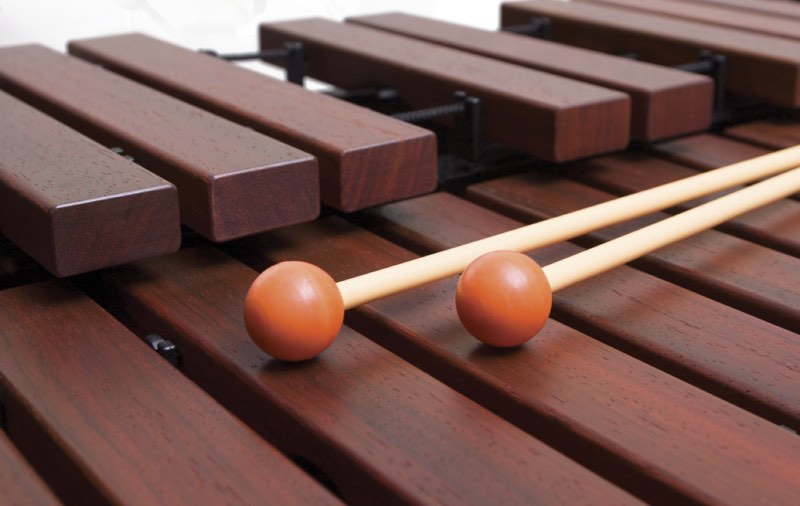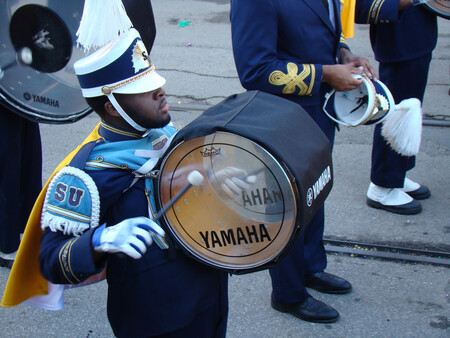Top 10 Things All Young Percussionists Should Know
What you need to know before you play in an ensemble the first time.
Young percussion students who are studying with a private instructor usually study solo on marimba, snare drum, drum set or timpani. Ensemble playing techniques are usually something that are acquired later in high school – and unfortunately, the percussion section doesn’t usually get as much attention as it should. Yet percussionists are required to know how to play a vast array of instruments, as well as the techniques that are associated with them.
Here are the “Top 10″ things all percussionists should know before going into their first ensemble rehearsal. Hopefully this list will help you make the transition from solo to ensemble easier.
1. Bring one (or more) black towels.
A black towel is a wonderful thing. It can be used:
- On a music stand to create a stick tray.
- On a bass drum or tom to mute the drum.
- To wipe sweaty hands.
2. Every note you play is a solo.
Play with confidence and don’t hide the instrument behind the music stand.
3. Photocopy your music if you are playing from more than one music stand.
Do not move the music from one stand to another. Also make sure your music is taped together so it doesn’t fly off the stand when the AC is turned on or the side door suddenly opens.
4. When you have rests, REST.
Don’t look around. Don’t check your email. Don’t text. Don’t talk to other people in the section. Count your rests and come in on time when it is your turn to play.
5. Listen to the sound you are getting on the instrument; don’t just “hit the drum.”
Enough said.
6. Vibes and marimbas are generally going to be lost in the texture of a large ensemble, especially a wind ensemble.
Xylophone and Bells are not! When you are playing vibes or marimba, use a slightly harder mallet than you think you should and ask someone to go out to the audience during the rehearsal to check the balance.
7. Learn to play triangle softly with a large beater.
Your goal is to excite as many overtones as possible. A smaller beater only produces a thin sound.
8. Always warm up the tam tam before playing.
Also, stand on the side of the instrument when playing it (not in front).
9. Breathe before you play, especially if you have a full ensemble unison.
Again, enough said.
10. The conductor is always right (even if they are wrong).
Do what the conductor wants and don’t talk back – the conductor is in charge. If they ask for a different mallet or instrument, GET IT. Remember, the conductor can hear everyone in the ensemble when they play together and knows what is needed to make the team effort sound just right. Don’t talk to them after rehearsal about what beater is required. If they want something different, they will ask you about it or they will come to find you to talk about options.
This list is in no particular order – they are all equally important when playing in an ensemble. Am I forgetting something? If you are an instructor/conductor, are there any more things you tell your students before their first ensemble rehearsal or something you have observed that you think everyone needs to know?











